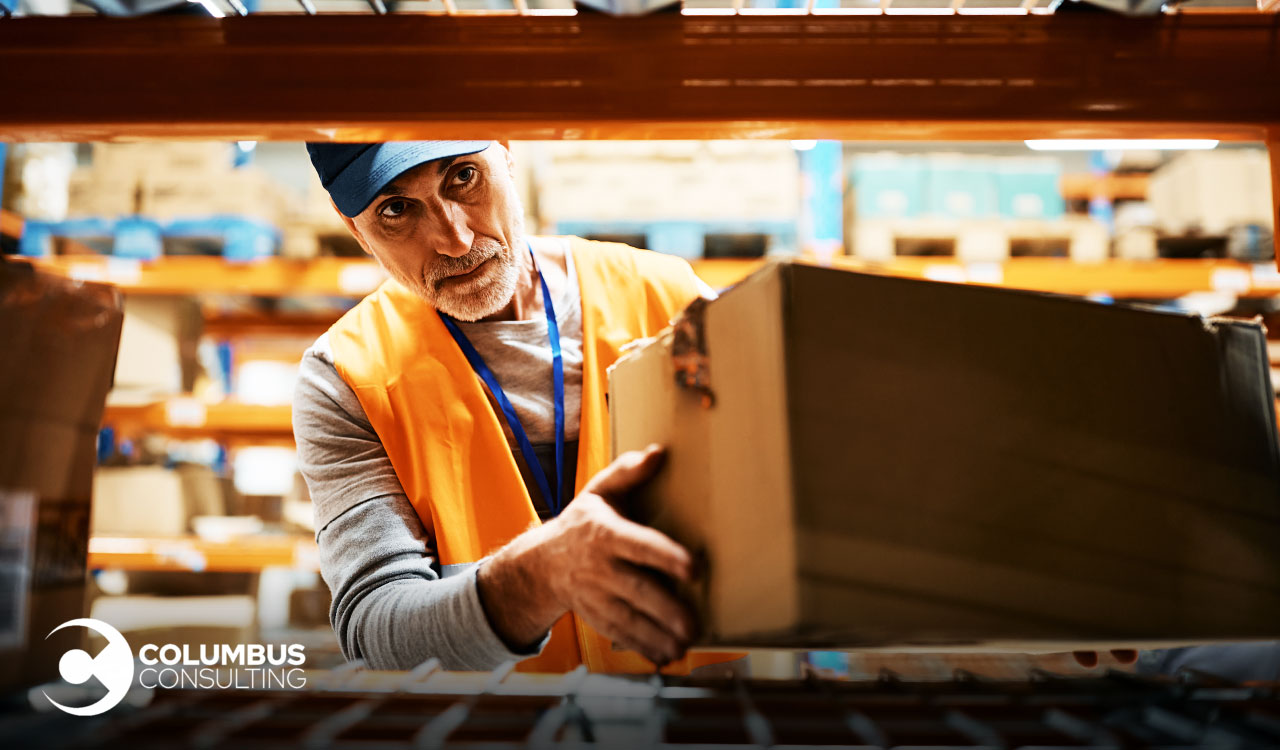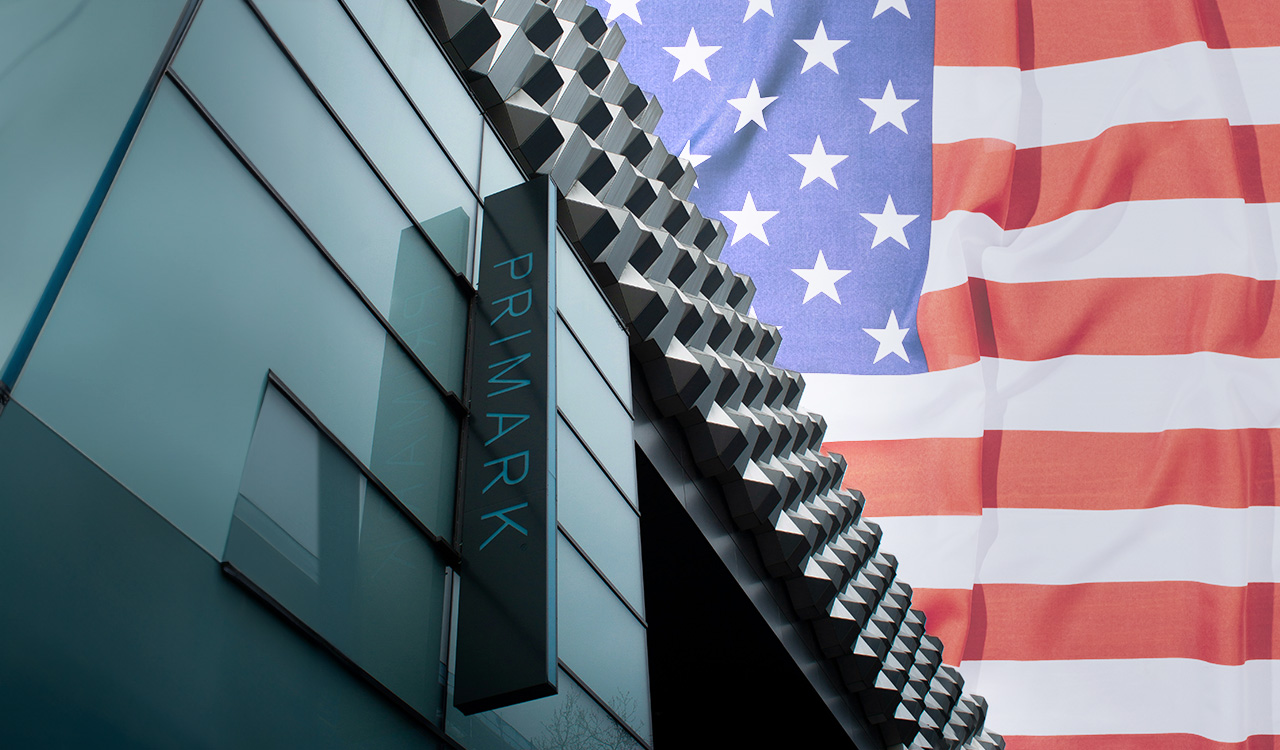The supply chain has dominated the retail and business news for the last five years. From container shortages and factory closures to geopolitical unrest, labor challenges and now energy and inflation-induced assortment availabilities, source-to-shelf professionals have never been more challenged to reinvent every aspect of the supply chain.
Customers may believe that everything in the supply chain has been addressed and that retail has returned to pre-pandemic normal. But nothing could be further from the truth. Evolving the supply chain is a perpetual loop of incremental improvements from more diversified sourcing to more sustainable practices and improved speed to market. And while basic supply chain cornerstones are in place, retailers today are faced with three new and emerging challenges;
1. How to minimize profit impact from returns and reverse logistics
2. Leveraging AI for micro end-to-end visibility and more predictive planning
3. Finding available 3PL options in a highly competitive market
Returns and Reverse Logistics
According to a recent research report from Narvar, it costs retailers an average of $26.50 for every $100 in returns. With return rates predicted to be 18.2 percent this year, the profit impact on retailers is tremendous. Many retailers are experimenting with restocking and return fees to offset their sales losses, but customers are very resistant to accept financial responsibility and, according to surveys, are very likely not to shop at retailers that have such policies in place. While not all retailers can provide alternate solutions like discounts and partial reimbursements to entice consumers to keep unwanted goods, big brands and powerhouses like Amazon are already offering a “just keep it” policy recognizing that reverse logistics costs to them are greater than the sales margin of the item. Most likely we will see retailers blend return costs into the actual cost of goods and start to be more consistent with return policies such as tighter windows and perhaps even store-only returns where these channels exist.
On the flip side, when consumers return their purchases in-store, retailers are continuing to wrestle with more cost-efficient ways to accept returned goods, assess the condition of the items, re-inventory, reallocate and restock assortments. Adding to the complexity of returns/restock are those presented by the resale trend. Defining a profitable and consistent methodology to receive and reuse goods is wrought with reverse logistical challenges. There are, however, brands including J.Crew, REI, Patagonia, Levi’s, and IKEA, who are currently figuring out how to optimize this type of program.
AI and End-to-End Supply Chain Visibility
The need for human intervention in the supply chain is still too high, potentially resulting in human errors. An AI-based seamless data flow and real time planning has yet to be completely achieved by many retailers. Added to the human factor, the materials/sourcing stage, factory manufacturing state, container/docking point, transportation time, warehouse delivery, and fulfillment house arrivals, the supply chain are still very siloed. Overall, a typical supply chain will have 10-20 different touchpoints with oversight visibility in only three to five of these stages. Thus, it is like managing product flow wearing a partial blindfold.
One of the biggest lessons from the pandemic for retailers was learning the importance of having visibility as early as possible in the supply chain. The pandemic nightmare was a series of bottlenecks preventing retailers from knowing where their inventory was until it physically showed up.
The solution is real-time views along the chain so that businesses can make immediate decisions like redirecting inventory, replacing factories, or expediting shipping as needed.
Taking it a step further, retailers are now leveraging AI for more predictive insights and managing exceptions and abnormalities in the process. AI can alert professionals when any small detail is overlooked that may impact the rest of the chain—thus avoiding last-mile surprises. Issues such as fabric delays, container shortages, and factory performance levels can now be seen at inception so that preventative measures can be taken. Fabric substitutes, alternate transportation channels, shifting manufacturers to replace or supplement root causes and/or even cancelling orders preventing out of season inventory deliveries can be managed by AI.
Optimizing 3PL Options in a Competitive Marketplace
The influx of digitally native brands and the vast expansion of connected/unified commerce has created a surge in demand for third-party logistics partners. While many retailers have developed their own supply chain channels, renting/purchasing warehouses, managing their own fulfillment centers and even developing their own transportation networks (think Amazon vans), many more are pivoting to third parties. 3PL allows for retailers to leverage efficiencies with combined resources. Significant ongoing overhead and sales/demand fluctuations can be managed with more agility. The challenge here, however, is that since more and more retailers are looking for third-party solutions, these in-demand resources are becoming scarce.
Indeed, there is a current building boom of 3PL warehouses that is creating more dynamic supply chain optimization possibilities. This growth is allowing companies to move their solutions from highly congested areas to more accessible, even rural locations. Areas like Chicago, for example, have been a hub for 3PL, but the traffic and congestion in and around this market has led to delivery/timing delays. So, retailers are looking for 3PLs in locations that offer minimized risk.
Finding the right partner and facility have now become new obstacles. Repurposed commercial and retail space are offering up options but not nearly at the speed of demand. To better compete, retailers are also looking to better utilize their brick-and-mortar spaces to allocate store space for logistical support, increasing delivery speed and same day fulfillment services.
But Wait, There’s More
To say that reverse logistics, end-to-end visibility, and 3PL are the only issues facing the supply chain is highly inaccurate. Retailers are also facing increases in costs due to energy supplies, 24/7 multichannel, multi-platform fulfillment complexity, global geopolitical unrest and uncertainty, sustainability pressures/concerns, endless data inputs, and disparate process systems that limit seamless visibility.
The supply chain experts at Columbus Consulting understand these challenges and have been working in this space for decades. As former retail practitioners our professional retail consultants work with major global brands. The team addresses pressing issues for their clients and knows how to provide high-value, immediate solutions.
They have key insights on how to manage the supply chain process holistically. The first step is an assessment of the supply chain. What are the stages, current ‘time to launch,’ accumulated lost sales from delivery delays and what are the existing systems and data inputs. A typical assessment should take 12-16 weeks. Columbus has also done short-turn audits in three to four weeks. This quicker approach is perfect for smaller organizations and companies looking for fast insights on key issues and themes.
At the end of the exercise, regardless of timing, tangible solutions are revealed. Defined solutions address current and target KPIs, a prioritization of enhanced or replacement software/systems needed, an efficiency and process/talent/resources review, and, ultimately, a sourcing/implementation project plan.
Retailers should consider external expert leadership to help them efficiently define their current “best version of the truth” that will allow them to pivot in real-time and incur immediate positive improvements. The solution does not always require a total overhaul but rather a mindful review and improvement strategy that will scale without significant disruption.
Whether you are trying to solve pre-pandemic pain points or address more recent challenges facing your supply chain, taking action now and embracing ongoing incremental improvements will put your business on a path toward more profitable growth.
Note: Columbus Consulting is a Robin Report Collaborative Partner
Written By: By Tom McFadden, Eric Bunfill, Jim Brownell, Sam Fayez and Jeff Gragg
Columbus Consulting Tom McFadden, Eric Bunfill, Jim Brownell, Sam Fayez, and Jeff Gragg, are Columbus Consultants supply chain experts with decades of experience working directly in the retail industry and with global brands. The team can be reached directly at: tmcfadden@columbusconsulting.com; ebunfill@columbusconsulting.com; jbrownell@columbusconsulting.com; sfayez@columbusconsulting.com; jeffgragg@columbusconsulting.com



